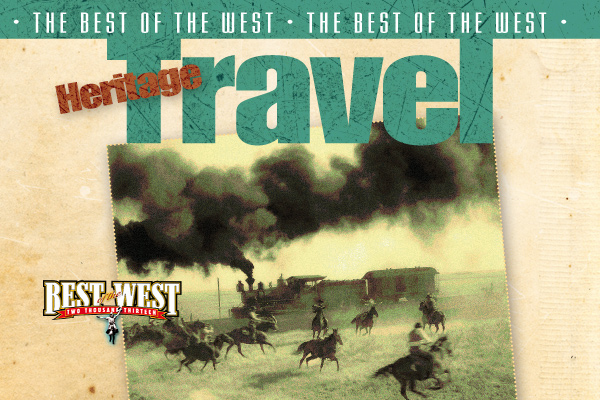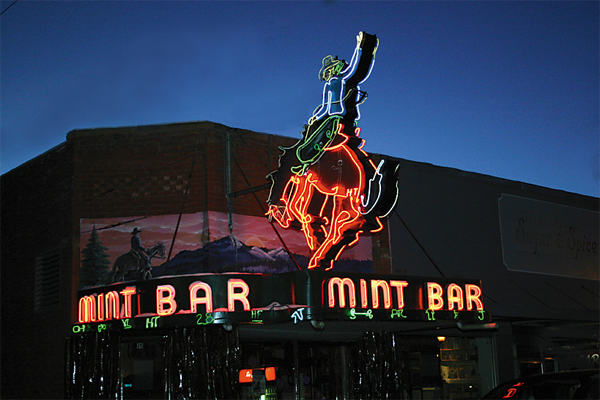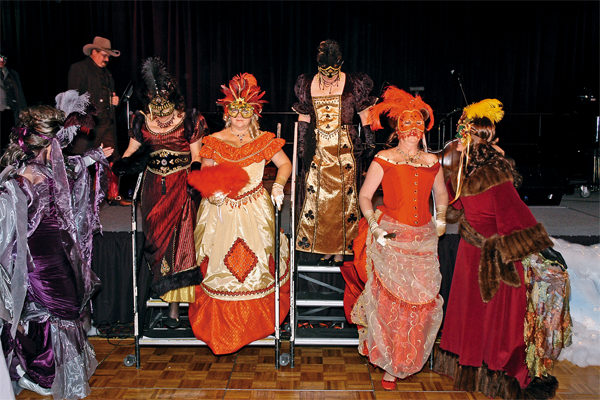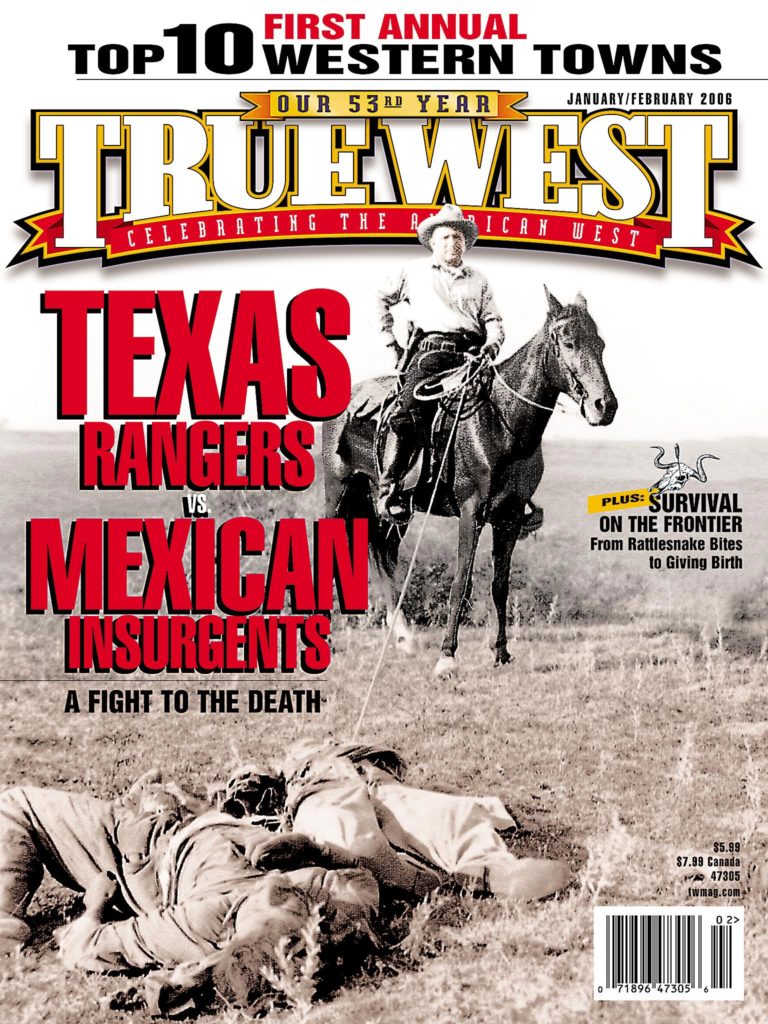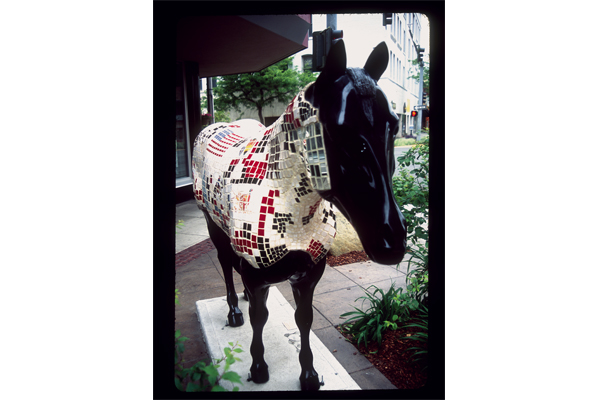 She was one of my first loves. She stood watch over Main Street of my hometown, ancient brick with the year 1905 near the top of her facade.
She was one of my first loves. She stood watch over Main Street of my hometown, ancient brick with the year 1905 near the top of her facade.
I used to think that someday, when I made my first million, I’d restore that old livery stable and turn it into a museum, highlighting the good and bad, letting visitors take a walk through history, in history.
Alas, writing for rags such as this, I’ve yet to see that first million, and it’s too late for my favorite livery stable, long since demolished with not even a historical marker standing on the vacant lot in a dying downtown.
Some 2,100 miles away, I’m thinking about that old building while driving through Billings, Montana.
“When things go to spit, that’s contagious,” Corey King is telling me, “and fortunately for us, the opposite is true.”
King, destination marketing director for the Billings Area Chamber of Commerce, is showing me the new Magic City. What once looked as harsh as a Montana winter, downtown is being reborn, thanks to civic- and history-minded individuals and dreamers, much like the frontier settlers who founded this town in the 1880s.
Billings isn’t a Boot Hill (though you can find Boot Hill, also preserved, on a hill overlooking town). The old depot compound is being restored and saved, primarily through fund-raising art projects. In 2002, the “Horse of Course”—auctioning off life-sized artistic fiberglass horses—netted $500,000. Last fall, in “Big Horn Magic,” artists created 36 fiberglass rams, four yearling lambs (all life-sized) and 100 tabletop ram replicas for a September auction/fund-raising drive.
“It’s a community-bonding type of event,” project director Sally Knostman says. “Getting the depot up and running again, unboarded and restored has helped impact all of downtown renovation. At least they’re not tearing the old buildings down.”
It’s not just art projects, though. Consider the Rex Hotel. Alfred Heimer, former chef for Buffalo Bill Cody’s Wild West exhibition, built the hotel in 1910, complete with the Buffalo Bill Bar and proudly serving “cold beer and good German food.” In 1997, the Rex was bought from the city and saved from the fate of my favorite livery stable. No longer a hotel, the Rex’s ground floor has become a thriving restaurant, restored to its turn-of-the-20th-century opulence.
And then there’s the historic Northern Hotel. The September 11, 1940, fire didn’t turn dreams to ash. Rebuilt the following year, today’s Northern Hotel, run by Clarion, pays tribute to the Montana spirit and is a pretty nice place to hang your hat.
Instead of being overrun with flophouses and condemned buildings, the magic is back in the Magic City.
In a 1901 building that once housed the downtown library, the Western Heritage Center is being reborn, too. The new theme, under director Julie Dial, is: “Let’s let people experience history.”
That experience is coming hands-on through two special programs (plus others). In the Front Porch Project, “We’re reaching back into the past and having people describe very specific memories that are very specific to artifacts,” Dial says. It’s instant interpretation, and gets back to the idea of telling the stories of the Yellowstone River Valley people. Meanwhile, the American Indian Tribal Histories Project focuses on specific stories (creation, etc.) from an Indian perspective. “It’s been an interesting journey,” Dial says. “We’re getting there.”
It may be too late to save the M.B. Huggins Livery Stable I loved, but, thanks to people like Dial, King, Knostman and many others, the future of history looks safe in Billings, Montana.


